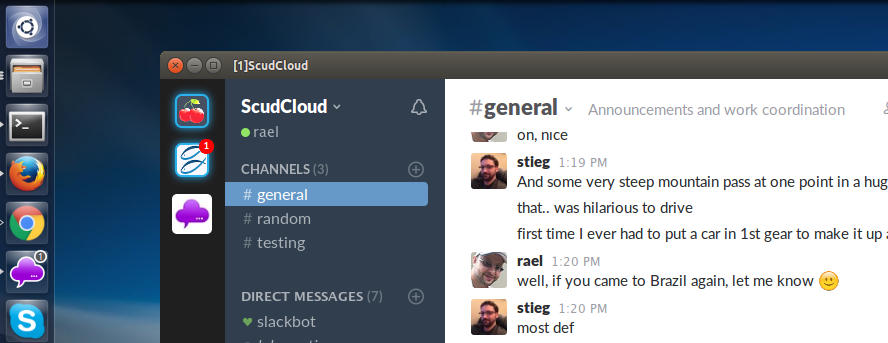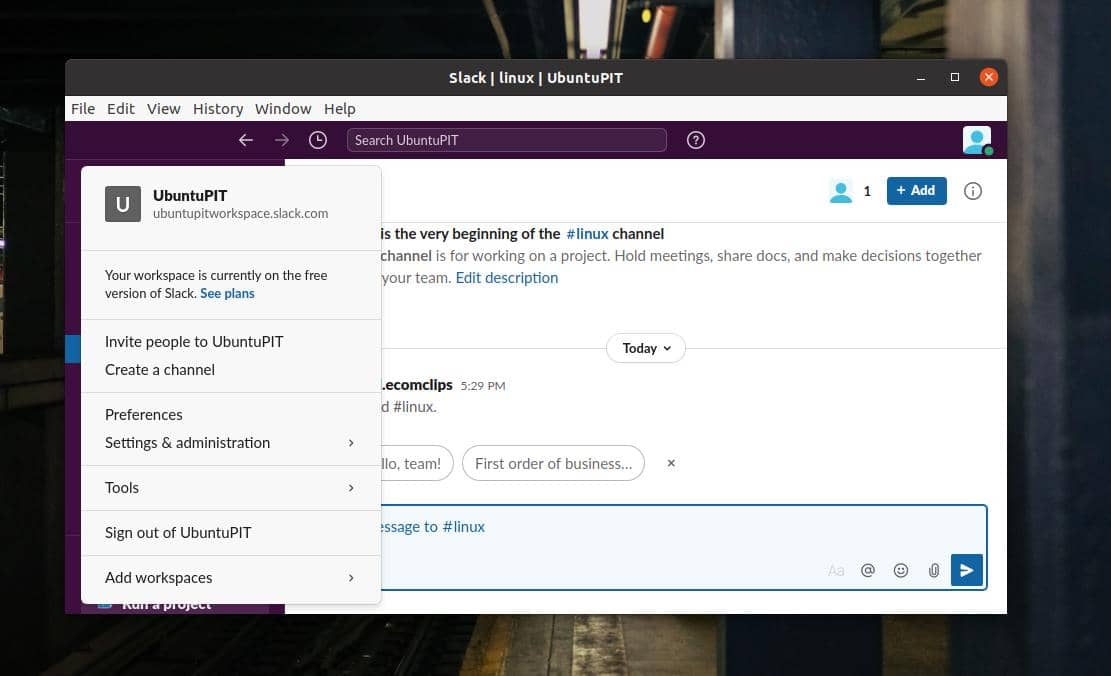
Note: This will create the directory ~/.minishift. minishift from the directory containing minishift. If that is not possible, you can run it as. You may use another directory of your choice, but we recommend placing minishift in your $PATH. Note: The ~/bin directory should already be in your $PATH. $ cp ~/Downloads/cdk-3.4.0-2-minishift-linux-amd64 ~/bin/minishift Create the ~/bin directory and copy CDK to it: The file should be named ~/Downloads/cdk-3.4.0-2-minishift-linux-amd64.Ģ. Note: The following steps assume that CDK is placed in the ~/Downloads directory. Launch libvirtd and configure it to start at boot:
#Install slack on fedora 28 update#
Update your user session to apply the group change:ĥ. $ sudo chmod +x /usr/local/bin/docker-machine-driver-kvmĤ.


$ sudo curl -L -o /usr/local/bin/docker-machine-driver-kvm

Download the KVM driver plug-in and make it executable: Perform the following steps to download and configure the required components.ġ. Set Up the Virtualization EnvironmentĬDK requires Kernel-based Virtual Machine (KVM)/ libvirt virtualization technology and the KVM Docker Machine driver plug-in.
#Install slack on fedora 28 install#
For this purpose, CDK runs Red Hat Enterprise Linux and Red Hat OpenShift Container Platform in a virtual machine.įollow these steps to install CDK 3.4 on Fedora 28:īelow are details for performing these steps. This environment is like a production OpenShift environment, but it is designed to work on a single user's computer. Red Hat Container Development Kit (CDK) provides a single-node Red Hat OpenShift cluster designed to assist with containerized application development.


 0 kommentar(er)
0 kommentar(er)
